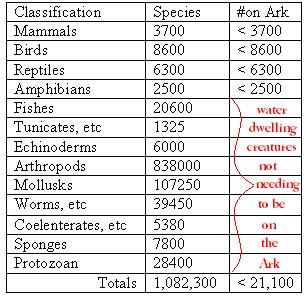
While this seems compelling at first glance, is it?
First, this argument is a fallacy called 'the fallacy of confirming the argument'. Meaning 'If P, the Q. Q therefore P' or 'If we have a common ancestor there will be chromosome fusion. There is, therefore we have a common ancestor.' When in reality, all that is shown is that there is a fusion.
Second, this is not compelling evidence even if true because it is a difference between us and them, not a similarity. It would be far more compelling if everything was similar, not different with a possible explanation. What evolutionists would need to find is the primate in our supposed ancestry that has the fused chromosome to show that this change did actually occur. Without it, all they have is yet another difference in our genetics.
Third, mapping the chromosomes is one thing, knowing the intricacies of and total function of how and why they work is quite another. And that is something we are nowhere close to understanding.
Again, a common designer would use similar tools and similar plans for similar creations. For instance, I make shoes and boots for use in my hobby. To make the shoes, I use the same pattern as I do for the boots and alter it into a shoe. Same with God's creation. He uses genetics and alters them as needed. So He used the same coding principal and fused two together in one and not the other to achieve the desired result. It is not a big deal at all.
Some will claim that making them similar and fusing them together is being deceptive.
However, it is not deceptive in the least. The fact they are similar still points to a common creator. The fact that they are different shows simply that He had to change them to get the desired result.
Evolutionists then claim that chromosome fusion shows that evolution is 'science' because it is a testable and falsifiable prediction. The evolutionist says "if evolution is true, we must explain this difference and here is our explanation. If the explanation was not here, evolution would be falsified."
They will then say that Creation is not science because it makes no such falsifiable prediction. However, this is completely false. The Creationist says "If Creation is true, we must show there are differences and here it is. If there were no differences, Creation would be falsified."
In conclusion, this again is fact verses concept. The SCIENTIFIC FACT is there is a difference in the number of chromosomes between apes and man. There is POSSIBLE evidence to show where two chromosomes may be fused. But that is ALL the evidence shows. The story used to explain the difference (either fused through evolution or through planned design) is philosophy.
In His Service... Arthur Smith



















